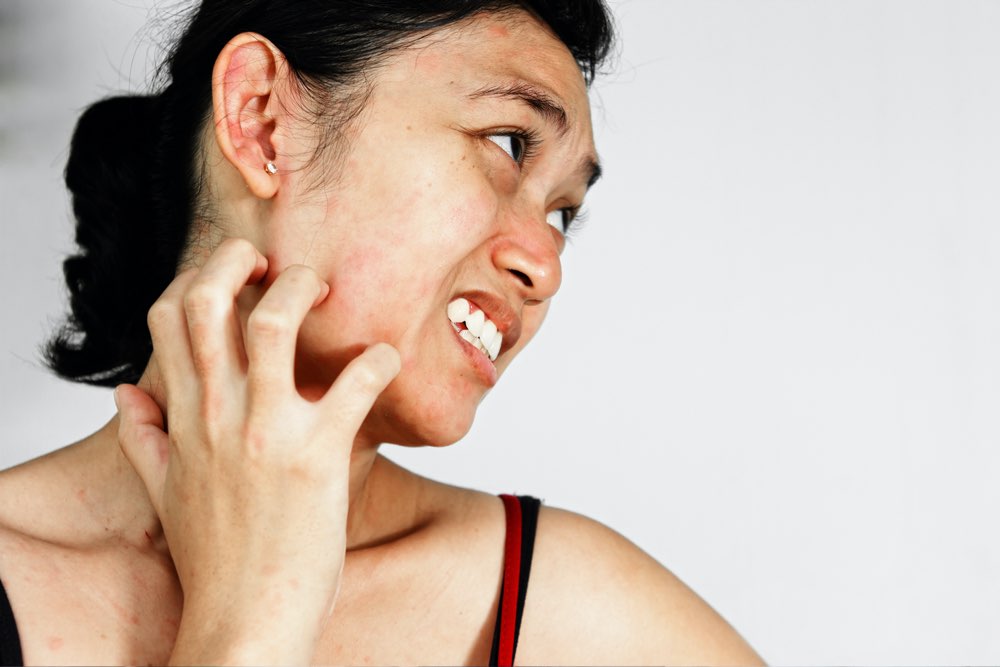Comprehensive Guide to Preventing and Relieving Nocturnal Leg Spasms
This comprehensive guide explores the causes, prevention, and relief strategies for nocturnal leg spasms. It covers immediate remedies, lifestyle modifications, nutritional tips, and when to seek medical help. Understand how to manage these painful cramps effectively for better sleep and overall health.

Comprehensive Guide to Preventing and Relieving Nocturnal Leg Spasms
Experiencing sudden, intense contractions of the leg muscles during sleep is a common yet distressing problem known as nocturnal leg spasms. These involuntary muscle contractions often strike unexpectedly, causing discomfort that can last from just a few seconds to several minutes. They tend to affect areas such as the calves, feet, or thighs. Many individuals find themselves grappling with these painful cramps either right when they are falling asleep or waking up in the middle of the night, disrupting their rest and impacting overall well-being. Understanding the causes, triggers, and effective relief strategies is essential for those affected, especially considering that age, pregnancy, and certain health conditions can elevate the risk.
So, what exactly are nocturnal leg spasms? Essentially, they are sudden, involuntary contractions of muscles in the legs, characterized by a sharp, often cramping pain. While they may seem harmless, frequent or severe cramps can significantly impair sleep quality and daily functioning. These spasms are different from restless legs syndrome, which involves an uncontrollable urge to move the legs accompanied by uncomfortable sensations. Accurate identification is important for management and treatment.
Understanding the common causes behind nighttime leg cramps can aid in effective prevention and treatment. Factors such as nerve irritation, muscle fatigue, dehydration, and underlying health issues play a significant role. Elderly individuals and pregnant women are particularly prone due to physiological changes. Conditions like diabetes, kidney disorders, anemia, neurological diseases, and electrolyte imbalances contribute to the onset of cramps. Furthermore, certain medications, especially diuretics or those affecting electrolyte levels, can increase susceptibility. Recognizing these triggers allows individuals to adopt lifestyle adjustments and seek appropriate medical interventions.
When a cramp strikes, several immediate steps can help alleviate discomfort. Gentle stretching of the affected muscle, for example, pointing the toes upward or pulling them towards the knee, can help relax the spasmed muscle. Massaging the area increases circulation and reduces tension. Applying warmth via a heating pad or warm water soak relaxes tense muscles, while cold packs wrapped in a cloth can numb pain and reduce inflammation. Over-the-counter pain relievers, such as ibuprofen or acetaminophen, may be used to diminish pain, but always follow dosage recommendations and consult healthcare providers when necessary.
Preventive measures are key to minimizing the frequency and severity of nocturnal leg cramps. Adequate hydration is crucial—drinking plenty of fluids, including sports drinks like Gatorade which replenish electrolytes, helps maintain muscle function. Proper sleeping posture, such as keeping feet hanging off the bed or pointing toes upward if sleeping on your back, can reduce muscle strain. Sleeping with loose bedding avoids restricting movement. Limiting alcohol intake also prevents dehydration and electrolyte imbalance. Incorporating light physical activities like stretching or gentle cycling before bed can prepare the muscles for rest and reduce cramping. Ensuring a nutrient-dense diet rich in magnesium, potassium, calcium, along with multivitamins, supports muscle health and stability.
Though occasional leg cramps are common and usually harmless, persistent or severe cramps may indicate underlying medical issues. If cramps are frequent, intensely painful, or interfere with sleep or daily life, consulting a healthcare professional is recommended. Symptoms such as weakness, muscle wasting, or neurological disturbances warrant prompt medical evaluation. Toxin exposure or underlying neurological conditions can also manifest as persistent cramps, requiring targeted treatments. Alternative therapies like acupuncture, Epsom salt baths, or physical therapy may provide additional relief. Tailored diagnosis and management by healthcare providers ensure effective treatment plans and improve quality of life for individuals dealing with recurrent leg spasms.





